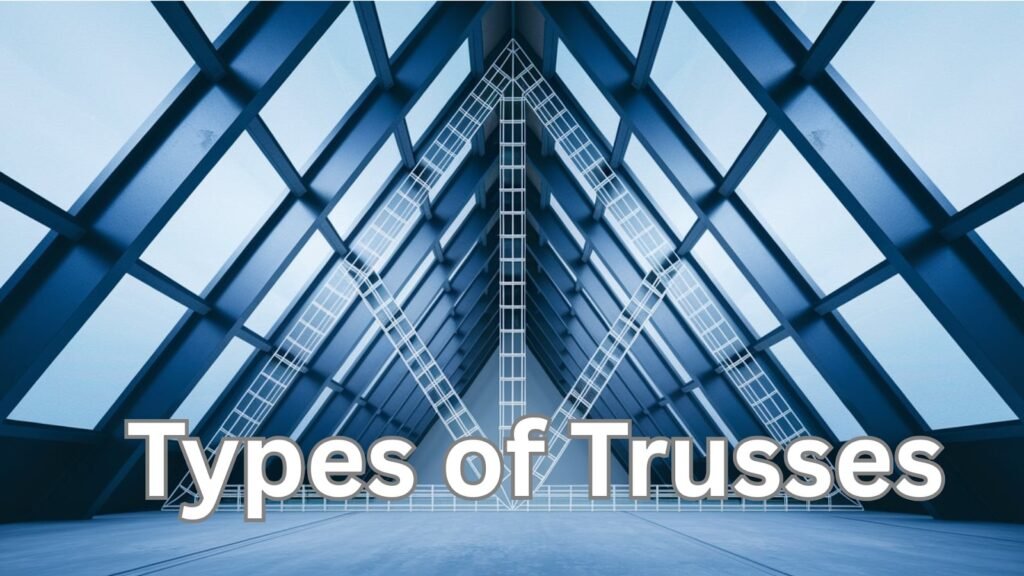Building a home or tackling a construction project? Trusses are the backbone of your roof structure. But with so many options, choosing the right one feels overwhelming.
You’re probably asking: Which truss fits my span? What’s the cost difference? Will it handle the load?
Here’s what you’ll learn in this guide: the 7 most common truss types used today, span capabilities for each design, cost comparisons to fit your budget, and real applications for residential and commercial use.
I’ve spent years working with these structures. Trust me – picking the wrong truss costs time and money. The right choice saves both.
This isn’t technical jargon. It’s practical advice from someone who’s seen what works and what doesn’t.
Whether you’re building a small shed or a large warehouse, you’ll know exactly which truss to choose after reading this. Let’s make your project stronger and more cost-effective.
Ready to build smart? Let’s start.
The 7 Most Common Truss Types
Let me walk you through each type of truss. You’ll see exactly how they work and when to use them.
1. King Post Truss
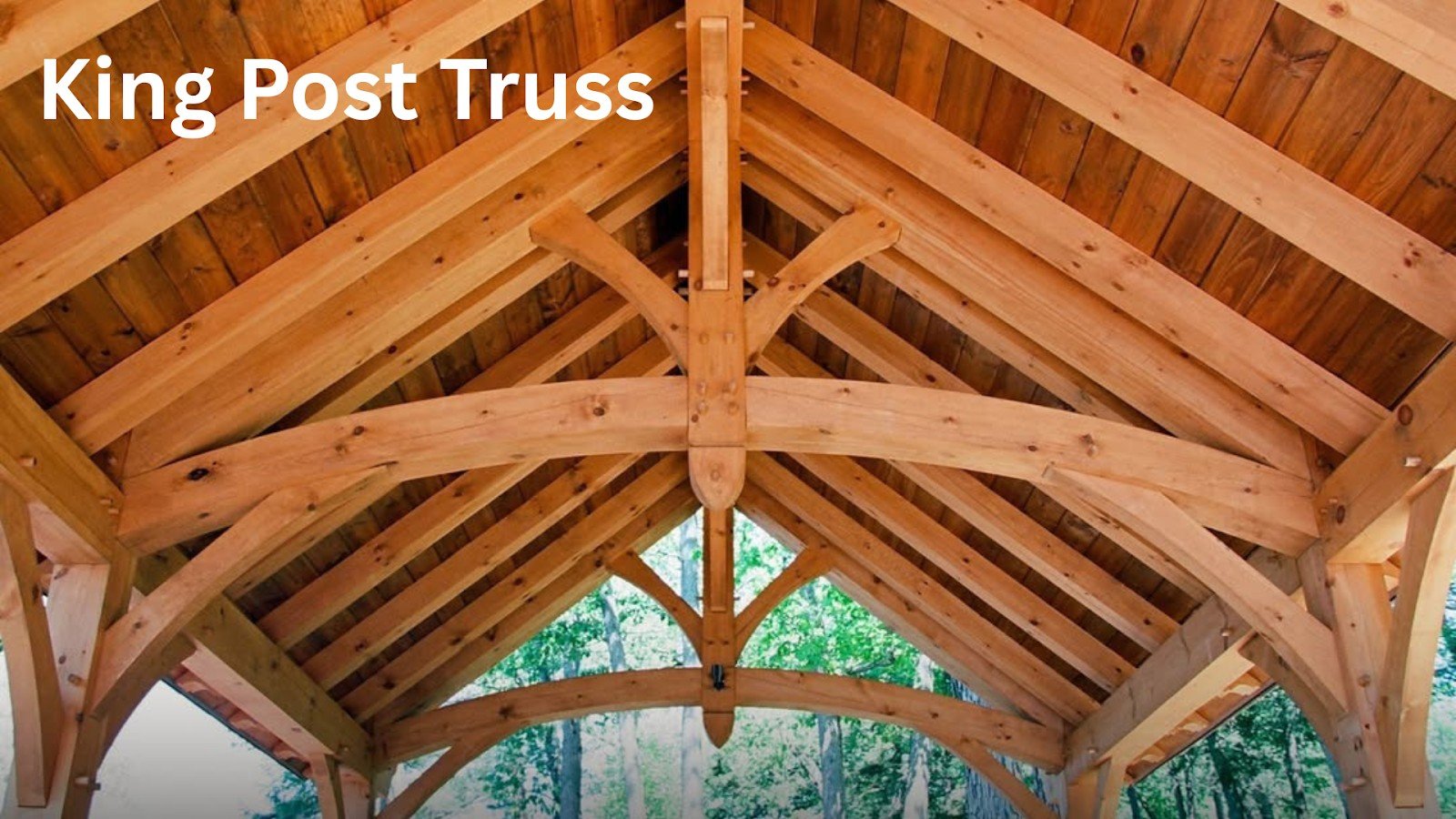
Think of this as the grandfather of all trusses. It’s been around since the 1500s for good reason.
Here’s what makes a King Post truss: Two inclined rafters meet at the top. A horizontal tie beam connects them at the bottom. One central vertical post holds everything together. Picture a triangle with a line down the middle. That’s it.
Span capability? Works for spans up to 8-10 meters (26-32 feet). Perfect for most home garages and small buildings. But here’s the thing – go beyond 10 meters and you’ll need something stronger.
This design has 500 years of proven performance. Builders have trusted it since the 1500s.
Why choose King Post? Three main reasons: First, simplicity. This is the easiest truss to build. Even weekend DIYers can handle it. No complex angles or confusing cuts.
Second cost. Your wallet will thank you. It uses the least amount of materials. Fewer pieces mean lower costs.
Third – versatility. Perfect for small projects. I’ve seen them work great on single-car garages, storage sheds, small workshops, and covered patios.
Bottom line? If your span is under 10 meters and budget matters, King Post is your friend.
2. Queen Post Truss
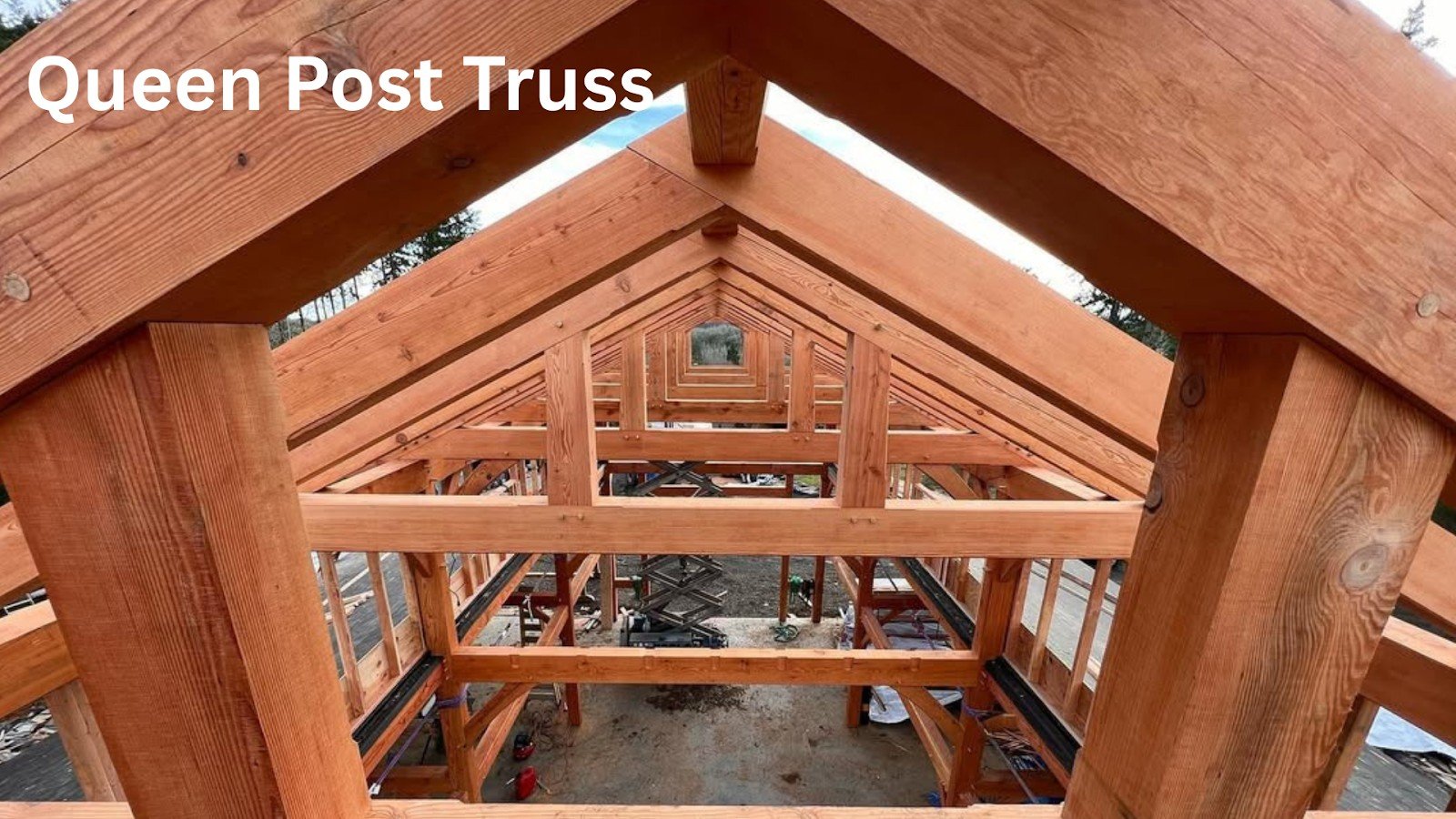
The Queen Post is King Post’s bigger brother. Same family, more muscle.
Here’s the main difference: Two vertical posts instead of one. Think of it as splitting the middle support in half. This simple change makes a huge difference.
Enhanced span? Now you can reach up to 12 meters (39 feet). That’s 2-4 meters more than King Post. Perfect for larger homes and buildings.
Here’s the bonus – you get usable space within the roof. The two posts create an open area in the middle. Great for storage or even a living space.
Where does Queen Post work best? Larger residential buildings. I’ve used them on two-car garages, bigger workshops, and medium-sized homes. They handle the extra load without breaking a sweat.
Cost consideration? Yes, it’s more complex than King Post. More materials, more cuts, more labor. But you get versatility in return. The extra space often justifies the cost.
3. Fink Truss
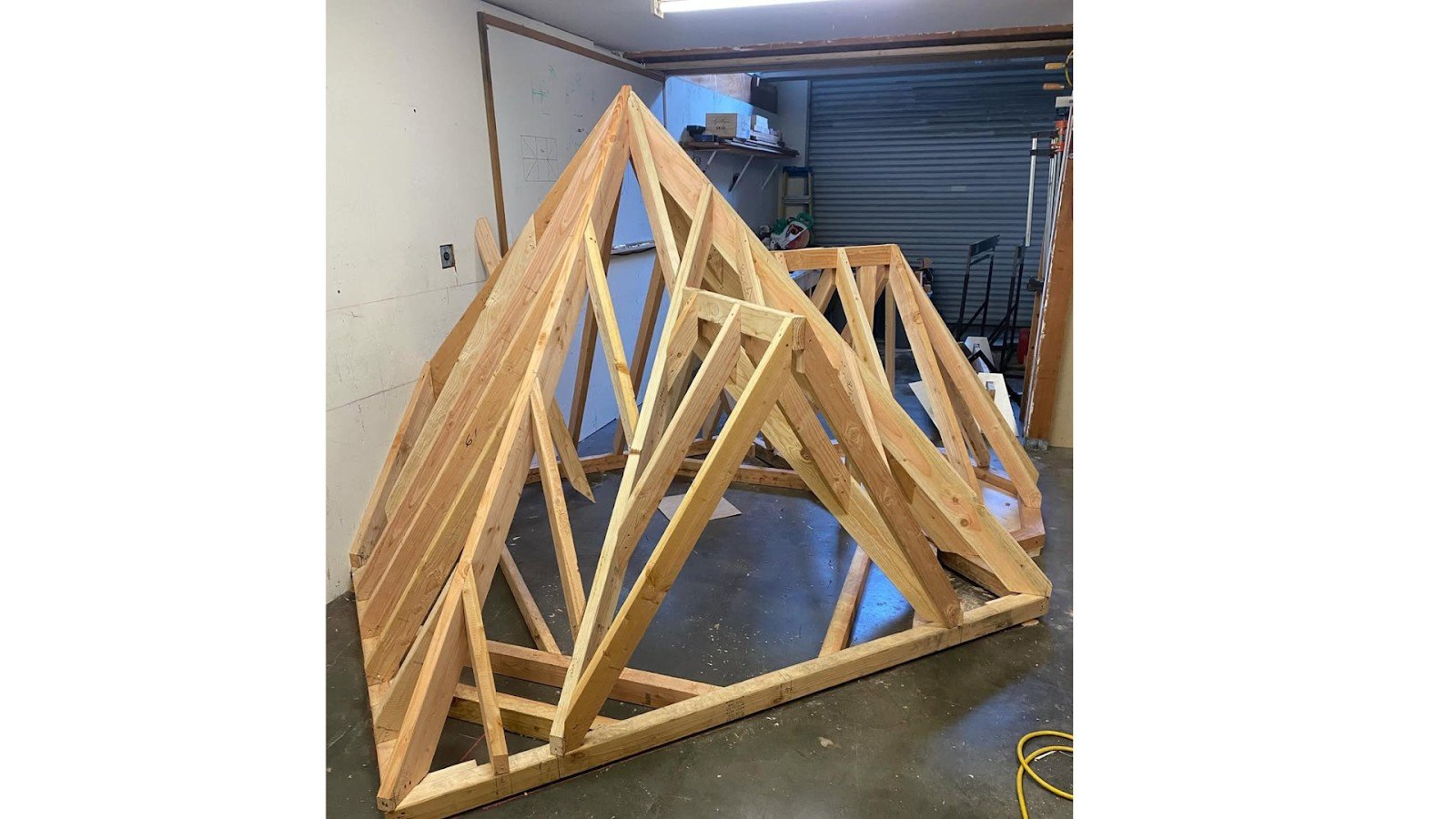
Fink trusses are the workhorses of residential construction.
Picture this: Diagonal members forming a repeated V-pattern. It looks like a series of triangles stacked together. Each triangle shares the load with its neighbors.
Span range? This is where Fink shines. You can reach 16-25 meters (52-85 feet). That covers most residential and light commercial buildings.
Weight efficiency is impressive. You get maximum strength with lightweight construction. Less material, more span. That’s solid engineering.
Why do builders love Fink trusses? Three big reasons:
Versatility – This is the most common choice for residential roofs. I’ve used them on countless homes. They just work.
Insulation space – Plenty of room for roof insulation. Your energy bills will thank you.
Prefabrication – Easy to manufacture off-site. Quality control improves when trusses are built in a factory setting.
4. Howe Truss
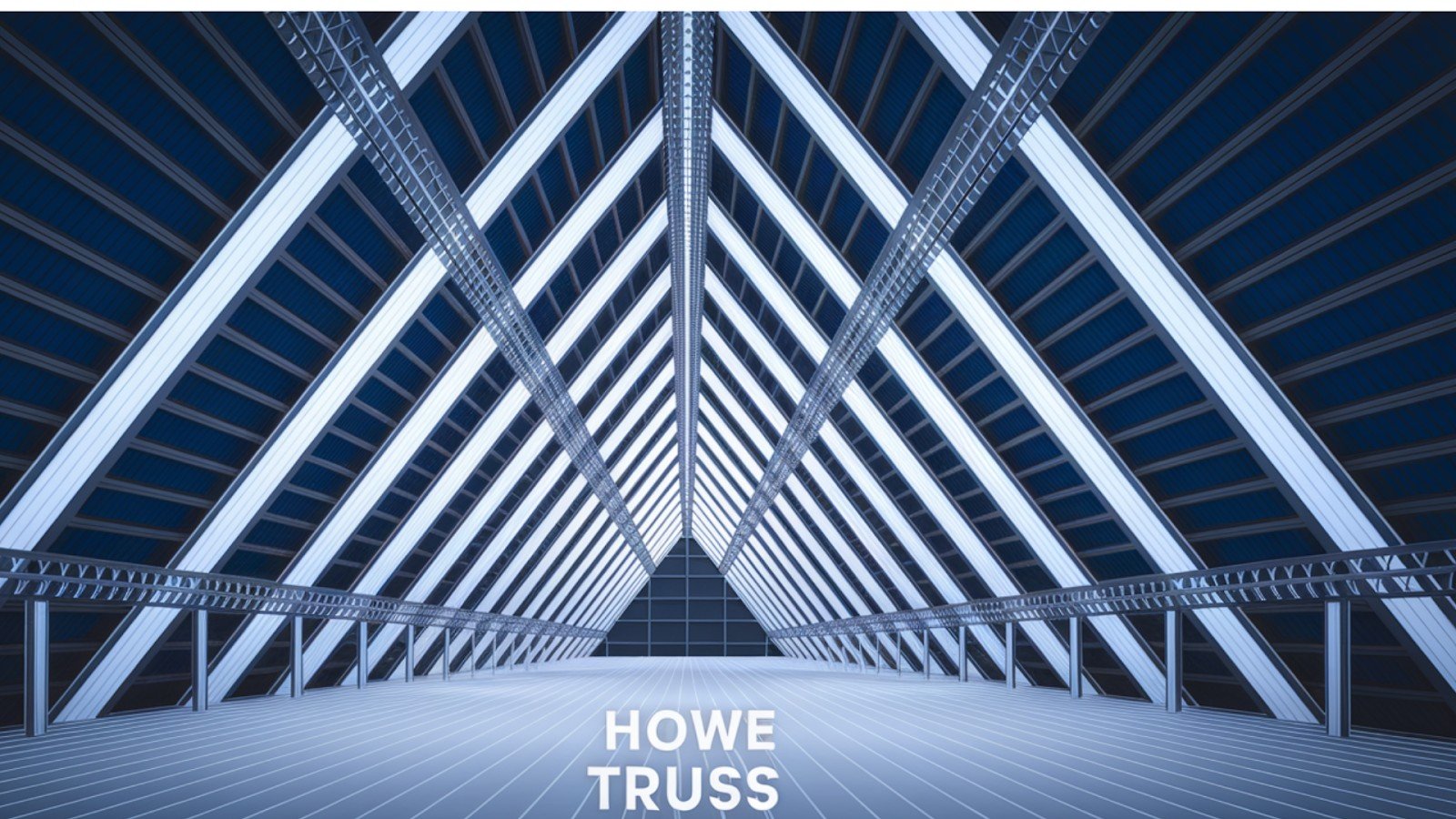
The heavy-duty performer. Howe trusses don’t mess around.
Structural design? Outward-facing diagonal members. Picture a series of triangles pointing away from the center. This creates incredible strength.
Maximum span reaches 30 meters (98 feet). That’s a serious distance. Perfect for large commercial buildings and warehouses.
Here’s what makes Howe special: dual application. Works for both roofs and bridges. Not many trusses can claim that versatility.
Robust design means exceptional structural strength. I’ve seen these handle massive snow loads without flinching. Load capacity is outstanding.
Historical importance? Howe trusses built America’s infrastructure. Bridges, barns, factories – they’ve been the backbone for generations.
Bottom line? When you need strength and span, Howe delivers.
5. Pratt Truss
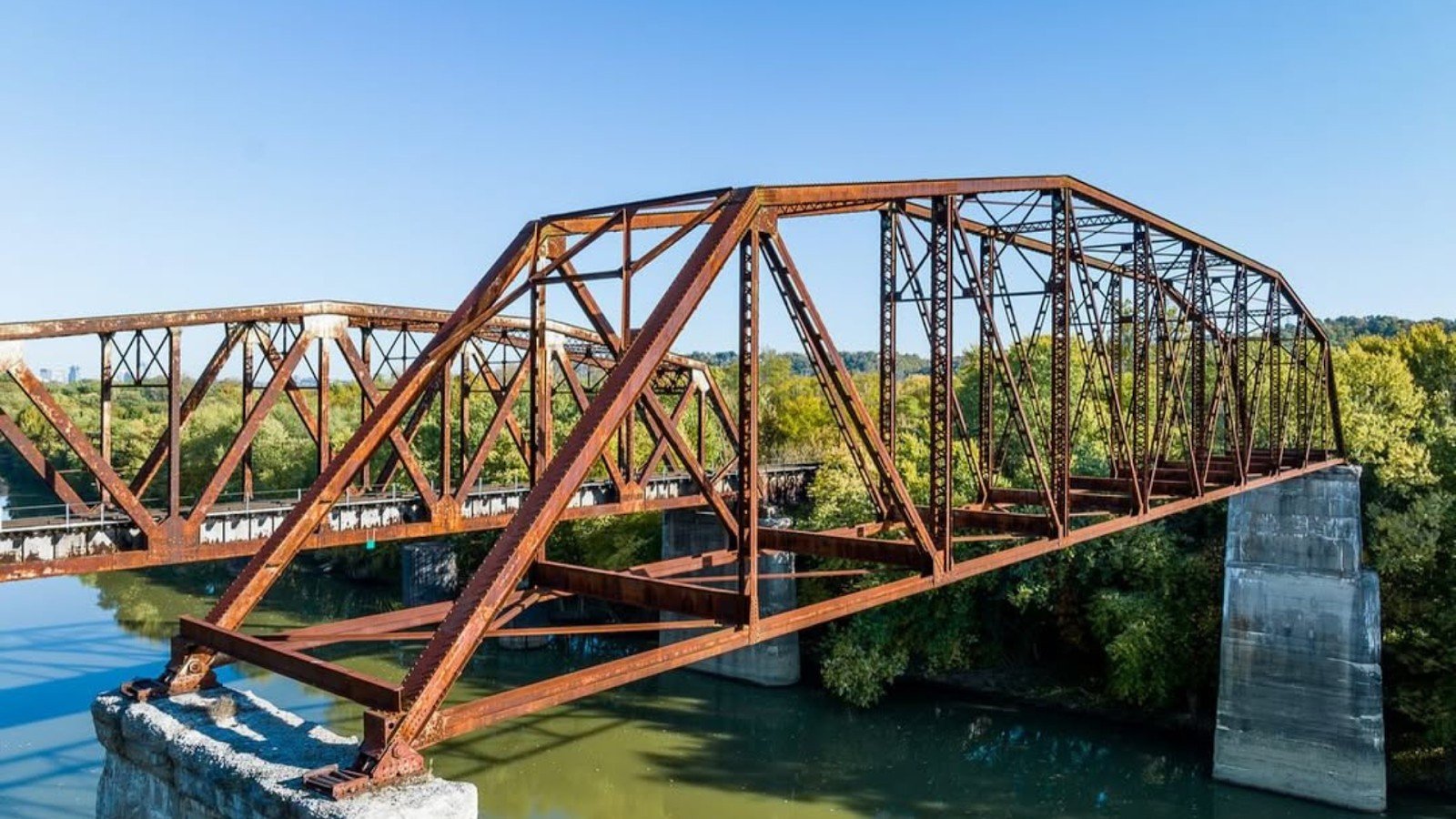
Think of Pratt as Howe’s efficient cousin. Similar strength, better efficiency.
Key difference? Inward-facing diagonal members. It’s the exact opposite of Howe. This simple flip changes everything.
Span capacity reaches 20 meters (65 feet). Not as long as Howe, but still impressive for most projects.
Steel efficiency is where Pratt wins. Reduced material requirements in tension members. You use less steel and save money.
Load distribution excels with vertical forces. Perfect for roofs where gravity loads dominate.
Cost benefits are real. More economical due to efficient member utilization. Engineers love this design because it does more with less.
Industry standard? Absolutely. This is a well-established and widely accepted design. You’ll find Pratt trusses everywhere.
6. Warren Truss
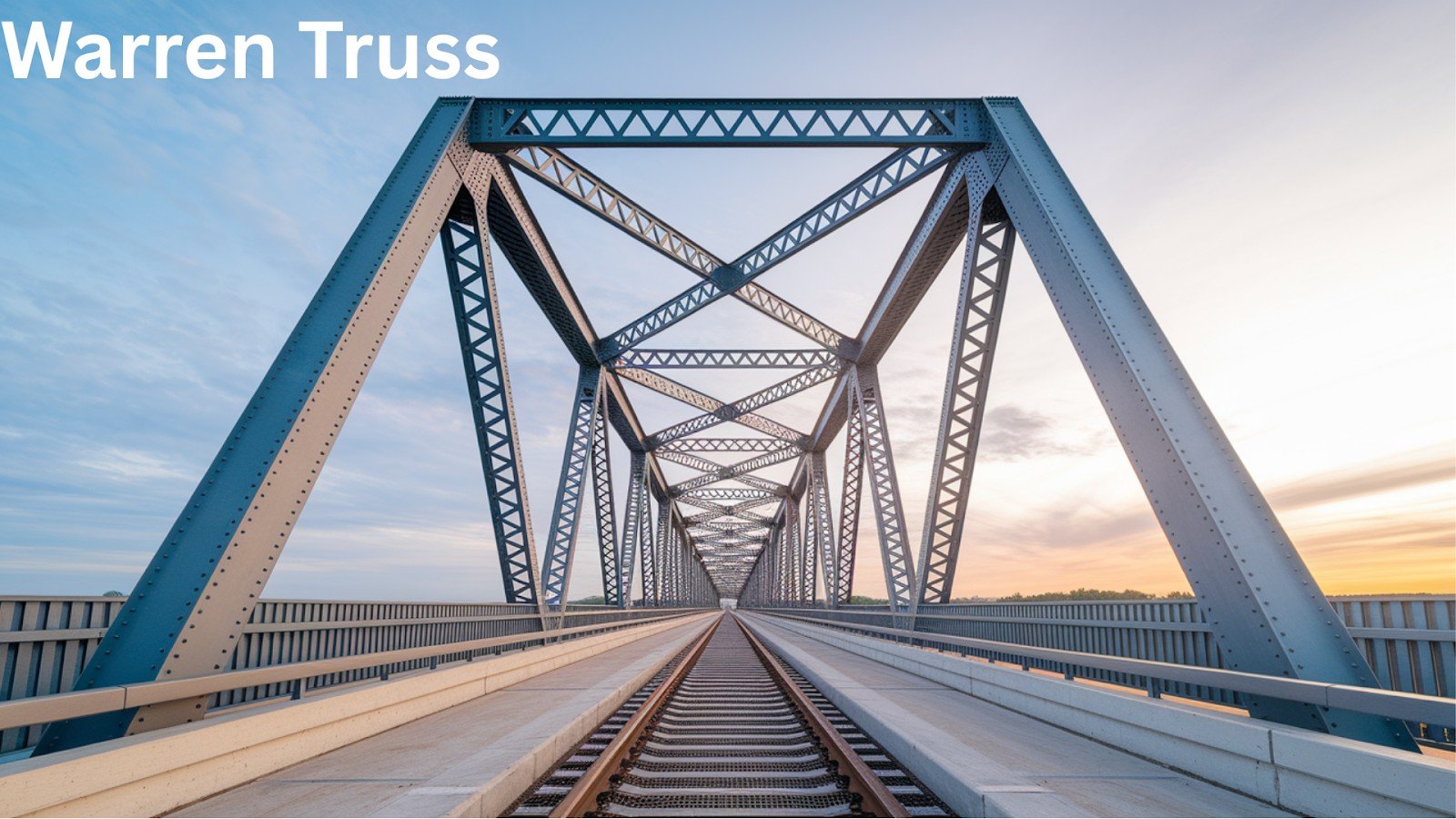
Warren trusses are all about triangles. Equilateral triangles, to be exact.
The geometric principle is simple: Built from equilateral triangles arranged in a zigzag pattern. Load distribution spreads evenly across multiple members. No single member gets overloaded.
Visual recognition is easy. That distinctive zigzag pattern makes Warren trusses unmistakable. You’ve probably seen them on railway bridges.
Performance characteristics depend on load type. Warren trusses excel with distributed loads. Think of weight spread evenly across the entire span.
Common use? Steel railway bridges. They handle trainloads beautifully. LA load limitation exists with concentrated point loads. Put all the weight in one spot, and performance drops.
Best for long-span structures where loads spread out naturally.
7. Scissor Truss
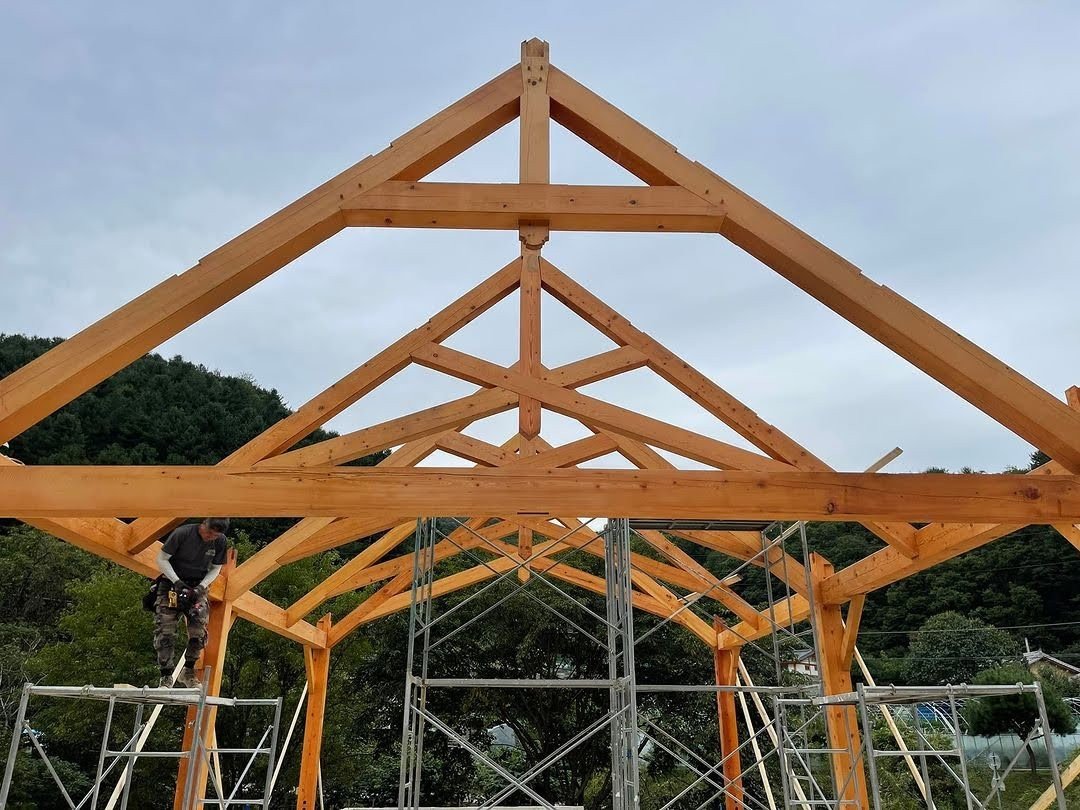
This is the architectural standout. Scissor trusses are all about looks and space.
Bottom chord configuration is unique. Sloping bottom chords intersect centrally. Picture an X in the middle with angled sides. Visual impact creates dramatic vaulted ceiling effects.
Interior benefit? Adds height and openness to rooms. Cathedral ceilings, anyone? Your living space feels twice as big.
Maximum span reaches 12 meters (39 feet). Not the longest, but perfect for residential applications.
The cost factor is higher due to the complex design. More angles, more cuts, more engineering. But the architectural impact justifies the expense.
Applications? Spaces requiring visual wow factor. Great rooms, churches, upscale homes. When you want to impress, choose Scissor.
Conclusion
Choosing the right truss doesn’t have to be complicated. You now know the 7 most common types and their best applications.
King Post and Queen Post work great for small residential projects. Fink trusses handle most standard homes perfectly. Need longer spans? Howe, Pratt, and Warren trusses have you covered. Want architectural flair? Scissor trusses create stunning vaulted ceilings.
Remember the golden rule: match your truss to your span and budget. Don’t overengineer a simple shed. Don’t underestimate a large commercial building.
Your next step? Take your project requirements to a structural engineer. They’ll confirm your choice and handle the technical calculations.
Smart truss selection saves money, time, and headaches. You’re now equipped to make that smart choice. Build with confidence – you’ve got this.
Frequently Asked Questions
What is the most common truss type for residential roofs?
Fink truss is most popular for residential construction due to its excellent span capabilities and cost-effectiveness.
Which truss can span the longest distance?
Howe truss can span up to 30 meters, making it ideal for large commercial and industrial buildings.
What’s the difference between King Post and Queen Post trusses?
King Post has one central vertical post; Queen Post has two vertical posts, allowing greater spans.
Which truss type is best for creating vaulted ceilings?
Scissor truss creates dramatic vaulted ceilings with its intersecting sloped bottom chords for architectural appeal.
Are steel or timber trusses more cost-effective?
Timber trusses are typically more cost-effective for residential applications; steel suits commercial and long-span projects.

